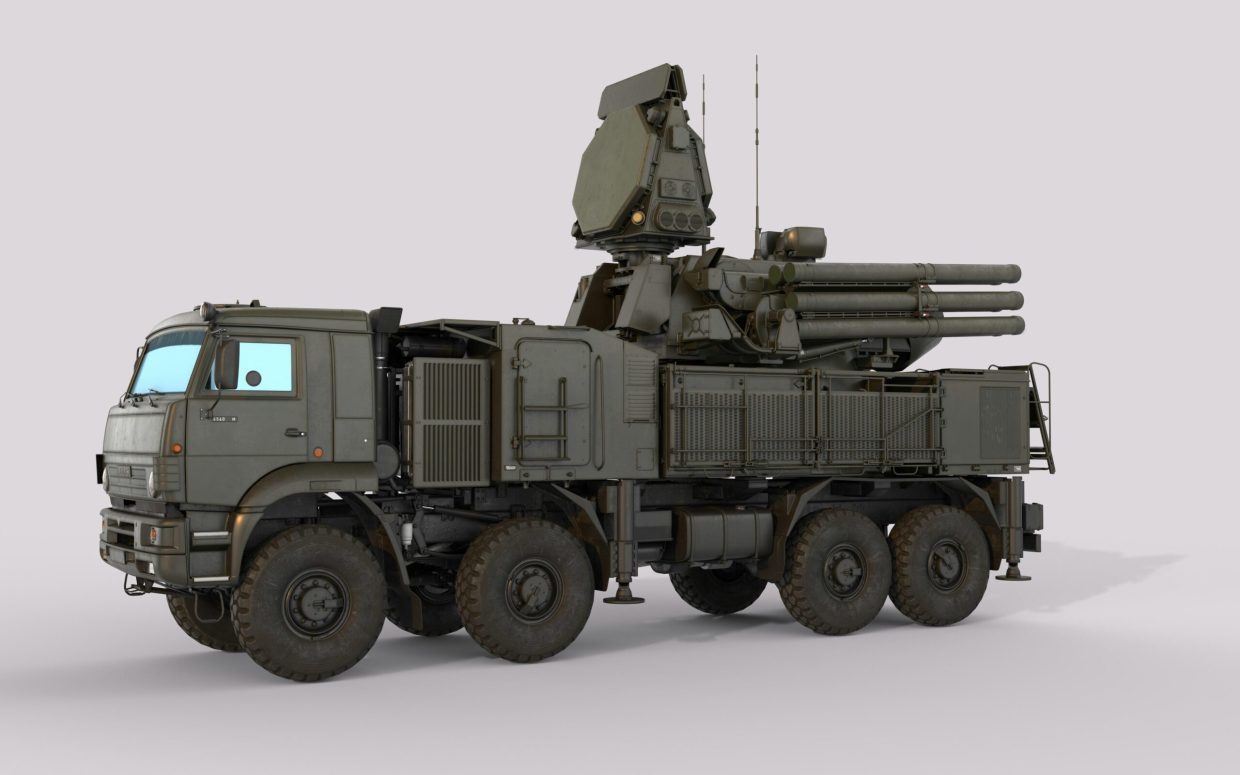The evolution of guided missile systems represents a critical frontier in modern defense technology, underscoring the strategic imperative for precision, reliability, and adaptability in contemporary warfare. Recent advancements have significantly enhanced these systems’ capabilities through the integration of cutting-edge propulsion technologies, sophisticated guidance algorithms, and improved materials engineering. This article provides a comprehensive analysis of the latest developments in guided missile technology, examining innovations in seeker systems, trajectory optimization, and countermeasure resistance. By exploring these technical breakthroughs, the discussion aims to illuminate the trajectory of missile system evolution and its implications for future military applications.
Table of Contents
- Recent Innovations in Propulsion Technologies Enhancing Missile Range and Speed
- Integration of Artificial Intelligence for Precision Targeting and Autonomous Navigation
- Advanced Materials and Manufacturing Techniques Improving Durability and Stealth Capabilities
- Strategic Recommendations for Future Research and Development Priorities in Guided Missile Systems
- In Retrospect
Recent Innovations in Propulsion Technologies Enhancing Missile Range and Speed
Breakthroughs in propulsion technology have been pivotal in transforming the capabilities of modern guided missile systems. Utilizing advanced dual-mode ramjet-scramjet engines, contemporary missile designs achieve unprecedented speeds by seamlessly transitioning between subsonic and hypersonic flight regimes. This allows missiles to sustain greater velocities over extended distances, significantly extending their operational range while maintaining high maneuverability. Additionally, the incorporation of additive manufacturing in engine components has permitted rapid prototyping and optimization of propulsion geometries, enhancing thrust-to-weight ratios and fuel efficiency.
Innovative propulsion systems now increasingly leverage green and bio-derived propellants, reducing the environmental footprint and improving storage stability under diverse conditions. Moreover, the integration of adaptive thrust vectoring and real-time thermal management systems ensures consistent engine performance in extreme dynamic flight environments. Key advancements include:
- Development of compact solid-fuel boosters that provide swift initial acceleration.
- Deployment of electric pump-fed engines enabling lighter propulsion architectures.
- Introduction of supercritical fuel injection techniques to enhance combustion efficiency.
Together, these innovations are not only pushing the boundaries of missile range and speed but also redefining tactical engagement paradigms across theaters of operation.
Integration of Artificial Intelligence for Precision Targeting and Autonomous Navigation
The infusion of Artificial Intelligence (AI) technologies into missile guidance systems has revolutionized precision targeting capabilities. Leveraging advanced machine learning algorithms, these systems can analyze complex battlefield data in real-time, enabling dynamic threat assessment and target prioritization with unmatched accuracy. AI-enhanced sensors continuously interpret environmental variables, such as terrain features and electromagnetic interference, allowing guided missiles to adapt their trajectories autonomously. This adaptability minimizes collateral damage and maximizes mission efficacy even in contested and GPS-denied environments.
Integration of AI also empowers autonomous navigation by combining deep learning with inertial navigation systems and sensor fusion techniques. Modern guided missiles are capable of independent route optimization, obstacle avoidance, and target reacquisition without human intervention. Key capabilities include:
- Real-time adaptive course correction through continuous data assimilation
- Predictive threat modeling to avoid countermeasures and electronic warfare
- Multi-sensor fusion integrating radar, LIDAR, and infrared inputs for robust situational awareness
- Collaborative swarm algorithms for coordinated assault strategies
These AI-driven breakthroughs ensure that guided missile systems not only hit moving or hardened targets with unprecedented precision but also exhibit enhanced survivability and operational autonomy in complex combat scenarios.
Advanced Materials and Manufacturing Techniques Improving Durability and Stealth Capabilities
The integration of cutting-edge composite materials and nanotechnology in guided missile production has significantly enhanced both structural integrity and operational stealth. Materials such as carbon-fiber-reinforced polymers (CFRPs) and advanced ceramics provide exceptional strength-to-weight ratios, reducing overall missile mass while maintaining resilience under extreme thermal and mechanical stresses. These innovations contribute to longer service life and greater reliability during high-velocity flight. Additionally, the incorporation of radar-absorbent materials (RAM) and specialized coatings minimizes radar cross-section (RCS), rendering missile systems less detectable by sophisticated enemy radar arrays.
Manufacturing advancements have further optimized these material benefits through precision additive manufacturing techniques and automated assembly processes. Key improvements include:
- Multi-axis 3D printing: enables the fabrication of complex geometries with embedded conductive pathways for enhanced electromagnetic management.
- Laser sintering and micro-welding: ensure ultra-precise component bonding, improving structural continuity and reducing micro-fractures that can degrade performance.
- Advanced surface finishing: applies stealth-enhancing textures and nano-coatings that disrupt radar wave reflection.
These manufacturing breakthroughs allow for scalable production without compromising material integrity or stealth characteristics, positioning next-generation guided missiles at the forefront of military effectiveness.
Strategic Recommendations for Future Research and Development Priorities in Guided Missile Systems
To maintain a competitive edge in guided missile systems, future research must prioritize the integration of artificial intelligence (AI) and machine learning algorithms into missile guidance and targeting subsystems. Enhancing autonomous decision-making capabilities will enable missiles to adapt dynamically to complex battlefield scenarios, improving accuracy and evasion of countermeasures. Furthermore, the development of advanced sensor fusion technologies that combine radar, infrared, and electromagnetic spectrum data can significantly elevate target recognition and tracking precision in contested environments.
In parallel, innovation in propulsion and materials science must continue, emphasizing hypersonic technologies and lightweight composite materials to increase range, speed, and maneuverability. Additionally, investing in electronic warfare resilience and cyber-defense mechanisms is critical to protect communication links and guidance systems from adversarial disruption. These focus areas include:
- Adaptive thrust vector control for enhanced maneuverability
- Next-generation seeker head miniaturization
- Low-observable technologies to reduce missile signature
- Robust encryption protocols for secure command and control
In Retrospect
In conclusion, the continuous advancements in guided missile systems underscore a significant leap in precision, range, and adaptability, driven by innovations in propulsion, guidance technologies, and materials science. As these developments progress, they not only enhance the effectiveness of modern defense architectures but also present complex challenges in terms of strategic stability and international security frameworks. Ongoing research and rigorous testing remain essential to optimize system performance while ensuring compliance with evolving defense regulations and ethical considerations. The trajectory of guided missile technology will undoubtedly play a pivotal role in shaping future defense capabilities and operational doctrines.













